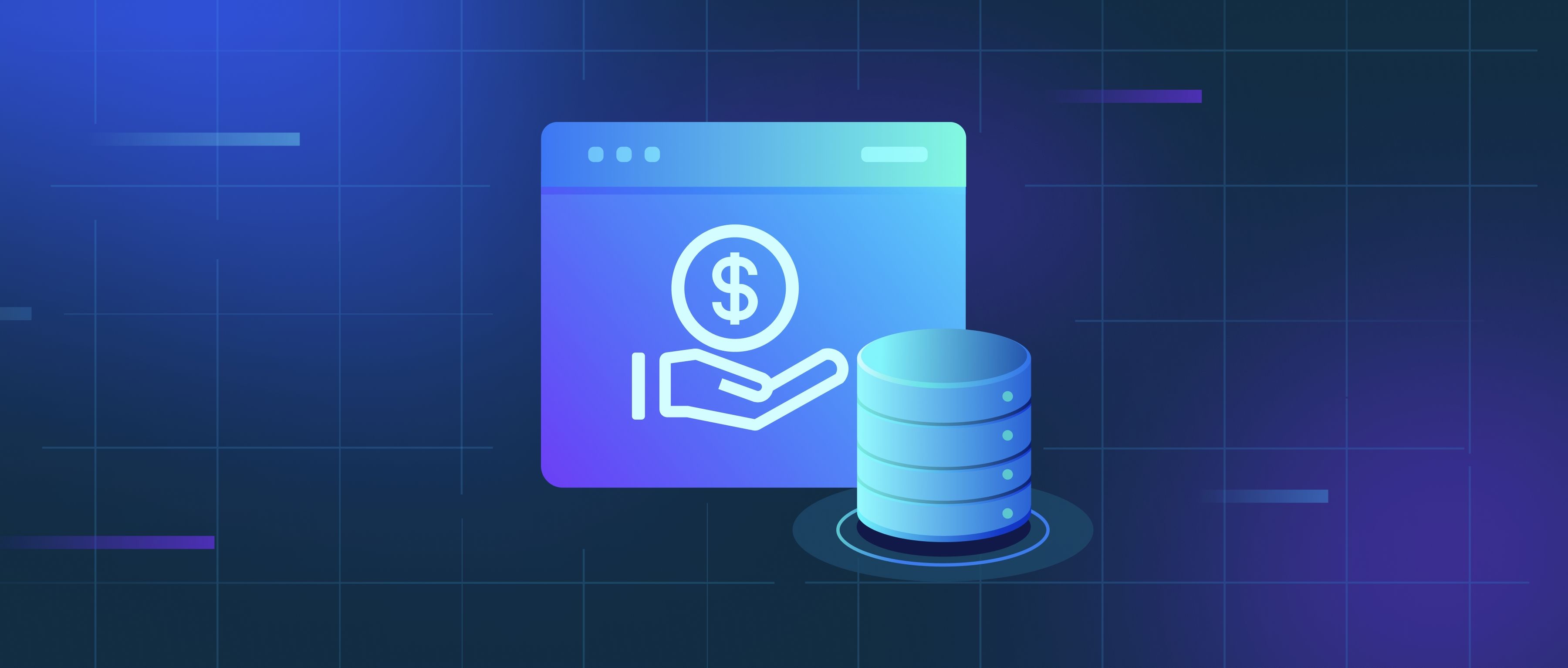To handle rate limiting in the OpenAI API, you should first understand what rate limits apply to the specific endpoint you are using. OpenAI sets limits on the number of requests you can make within a certain timeframe, typically measured in requests per minute or per second. If you exceed these limits, you will receive an error response indicating that you have been rate limited. To prevent this, it is crucial to monitor the number of requests your application makes and implement logic that adheres to those limits.
One effective way to handle rate limiting is by implementing exponential backoff in your request handling logic. This means that if you receive a rate limit error, you will wait a certain amount of time before retrying the request, increasing the wait time with each subsequent failure. For example, if you get a rate limit error after 5 requests, you might wait for 1 second, then 2 seconds, then 4 seconds, and so on until the request succeeds. This not only reduces the burden on the API by spreading out your requests but also helps ensure that your application continues to function smoothly without overwhelming the service.
Additionally, consider batching your requests where possible. If your use case allows, you can send multiple prompts to the API in a single request rather than making separate requests for each prompt. This can help you stay within rate limits and improve the efficiency of your application. Monitoring tools can also be beneficial; implement logging to track how many requests are sent and when rate limit errors occur. Using these insights, you can adjust your application's behavior to respect the limits effectively, ensuring that you maintain a consistent connection to the API without interruptions.
